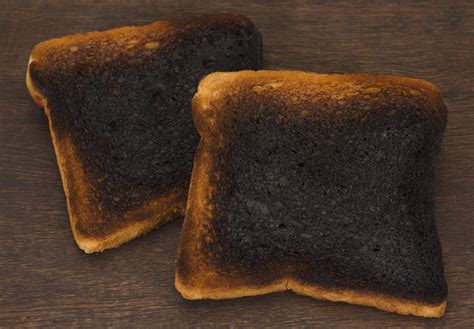

You’re right in that I used yearly numbers and wrongly used them as daily numbers. The stats are from the central statistics bureau, and unfortunately it auto translates poorly https://www.cbs.nl/nl-nl/cijfers/detail/83989NED
The numbers include use of gas and coal for heating and industry, which often get ignored by people (mostly because it makes us look fucking terrible in renewable power stats).
- The assumption that you must store an entire day’s worth of energy demand is ludicrous.
It is, in fact extremely generous, if you’re using the solar+storage method. But let’s go with this and I’ll demonstrate what it means in practice.
Let’s assume that we need to cover all of the electricity that is currently produced using coal, oil and natural gas. All other sources already have infrastructure supporting them, including the pre-existing solar. This amount comes to about 48% [1], so let’s assume 50%.
You just made the switch from “energy used” to “electricity generated”. For a country that still does most of its heating with imported gas, that’s a big difference. The real amount of non-fossil energy is about 18%, call it 80% fossil.
- Now, we need to cover 50% of 50% of 1.9 petajoules at any one time, or 475 gigajoules, at any one time.
So it’s 50% of 80% of 2600/365, or 2.8 petajoules. So that’s only 10 of those facilities. Not great, not terrible. But that’s not the point. Nor is it important that their demo facility has a height difference twice that of the whole country.
Let’s stick with the “one night of power store is plenty”.
That’s true, but only if you can use solar to power your whole day. In other words, to make do with only 1 night of storage, you need to generate all your power for 24 hours in December during December daylight hours. Assuming it doesn’t snow, one solar panel produces about .15kwh on a december day (working off of 2% of yearly production happening in december, and 300Wattpeak panels), or 540kj.
So you’re right, we only need to build 10 facilities twice the height difference of the entire country, to save one night of energy use. Unfortunately in order for that to be true, we would also need to cover about 960.000 hectares in solar panels, which is roughly twice the total built up area in the country, including roads.
And that’s assuming you keep a perfectly level energy use throughout the year, and a perfectly level production during December. Neither of which is true, and generally the worst days for solar production are the worst ones for use as well.
On the bright side, if we can put down two extra cities worth of solar panels for every city, we’ll probably have no issues building 600m tall hills by hand as well.










Were you under the impression that Grammer and Syntax came from the linguism mines?
All words are made up.